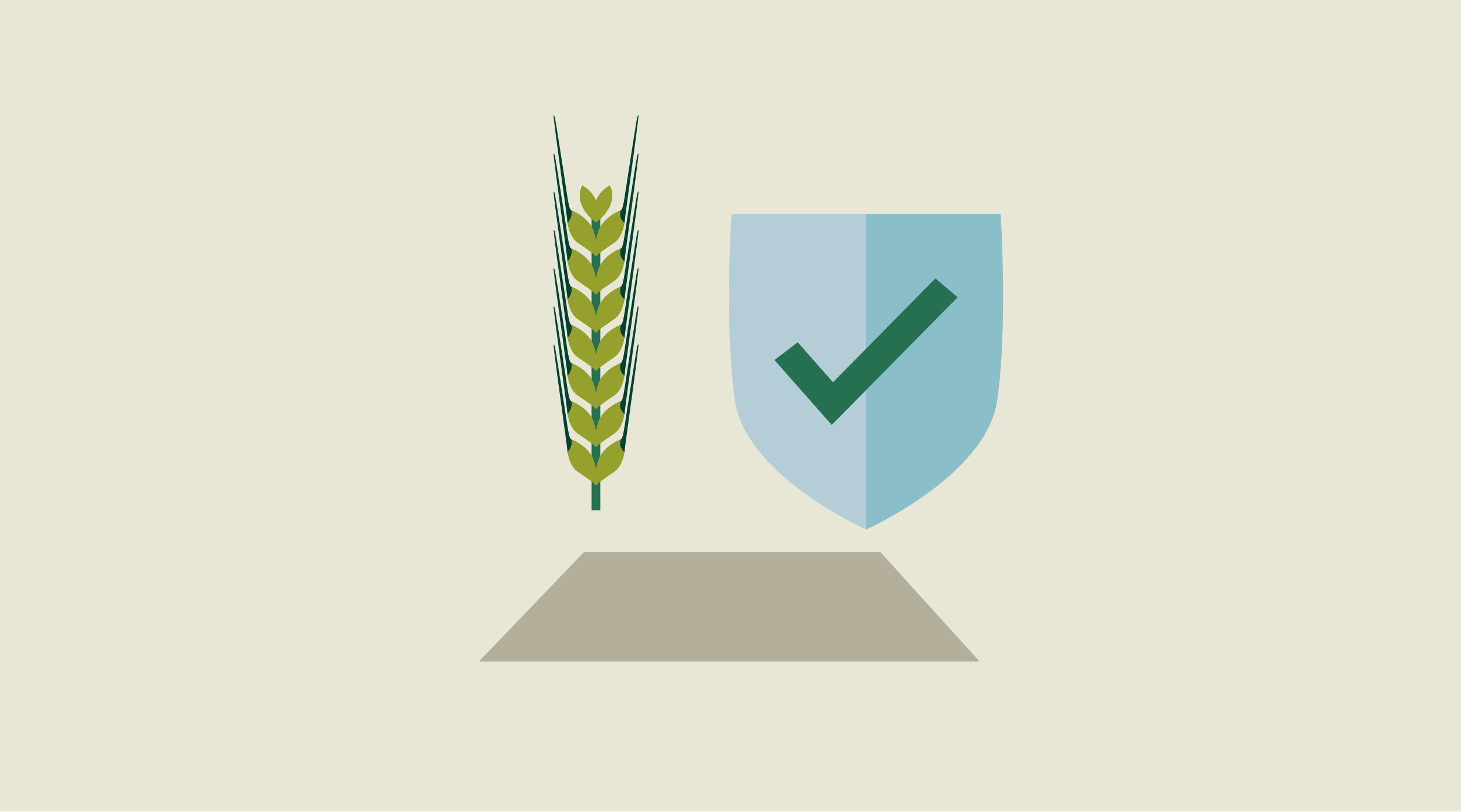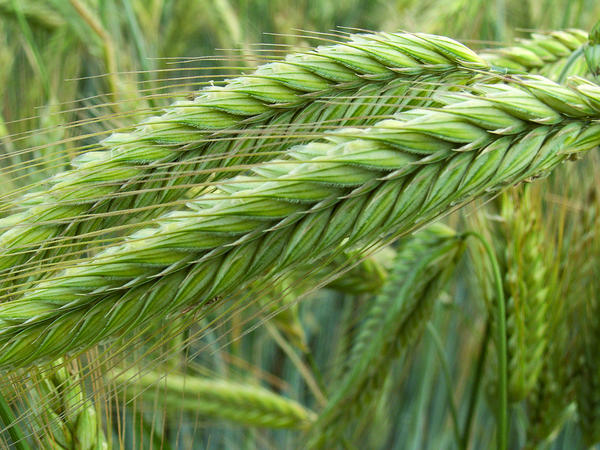KWS RyeGHT Seeding Practices
RyeGHT Rate and Time
The standard seeding rate is 1 unit/acre under good conditions for grain or forage use. To establish hybrid fall rye successfully, three weeks of good growing conditions are needed. Seeding rate decision factors include: moisture and heat units at seeding time, trash penetration, and seed row spacing. The suggested seeding rate and target shoot growth are as follows:
Earlier Seeding: 1.0 - 1.2 units/acre, 4-6 inches target shoot growth.
Later Seeding: 1.0 - 1.4 units/acre, 3-4 inches target shoot growth.
RyeGHT Preparation
Fall is busy, and fall seeded crops require proactive planning. Select well drained fields that are free of residual herbicides. Know where you plan to seed your hybrid rye before seeding your spring crop, seed that spring crop early, and spread the trash evenly during harvest to limit residue issues. Have your drill cleaned and ready after spring seeding is complete.
RyeGHT Depth
Seed shallow at a ¾” depth with a travel speed of <4.5 mph into a firm seed bed to maintain consistent seed depth. Seeding deeper or faster will result in higher seedling mortality and a reduced stand. Maintain a ¾” seed depth even if the soil is dry and wait for rain. Narrow row spacing of 6-7.5" is optimal for hybrid fall rye. If seeding on 10-12" spacing, speed, depth, and rate are more critical to eliminate skips and gaps in the field.
RyeGHT Stand
The plant stand target is 16-18 plants/ft2. Even emergence and achieving a target stand will provide the most consistent yields and the best resistance against ergot.
RyeGHT Pest Control:
To protect seedlings against disease and insects, hybrid fall rye should be professionally treated with a registered seed treatment. A pre-plant or pre-emergent herbicide application is important to control weeds when the hybrid rye is the least competitive. If weed pressure is high in spring, an in crop herbicide application may be required. A well established hybrid rye stand will be competitive with most spring emerging weeds.




